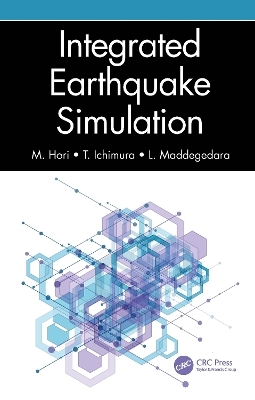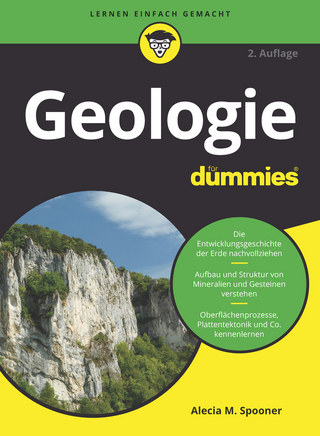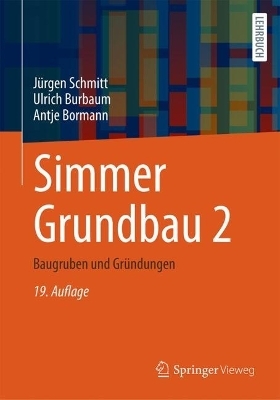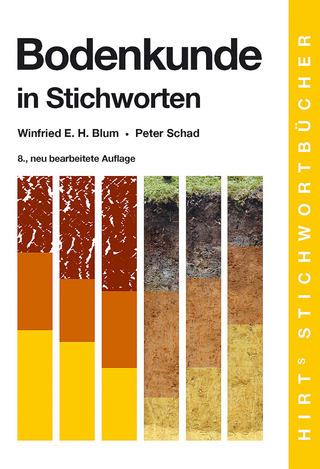
Integrated Earthquake Simulation
Seiten
2024
CRC Press (Verlag)
978-0-367-71206-8 (ISBN)
CRC Press (Verlag)
978-0-367-71206-8 (ISBN)
Integrated earthquake simulation evaluates earthquake hazards and disasters by carrying out a sequence of numerical simulations of such aspects as earthquake wave generation and propagation, structural seismic response, mass evacuation, and economic recovery processes. It combines high performance computers with automated models.
Integrated earthquake simulation (IES) is a new method for evaluating earthquake hazards and disasters induced in cities and urban areas. It utilises a sequence of numerical simulations of such aspects as earthquake wave propagation, ground motion amplification, structural seismic response, and mass evacuation. This book covers the basics of numerical analysis methods of solving wave equations, analyzing structural responses, and developing agent models for mass evaluation, which are implemented in IES. IES makes use of Monte-Carlo simulation, which takes account of the effects of uncertainties related to earthquake scenarios and the modeling of structures both above and below ground, and facilitates a better estimate of overall earthquake and disaster hazard. It also presents the recent achievement of enhancing IES with high-performance computing capability that can make use of automated models which employ various numerical analysis methods. Detailed examples of IES for the Tokyo Metropolis Earthquake and the Nankai Trough Earthquake are given, which use large scale analysis models of actual cities and urban areas.
Integrated earthquake simulation (IES) is a new method for evaluating earthquake hazards and disasters induced in cities and urban areas. It utilises a sequence of numerical simulations of such aspects as earthquake wave propagation, ground motion amplification, structural seismic response, and mass evacuation. This book covers the basics of numerical analysis methods of solving wave equations, analyzing structural responses, and developing agent models for mass evaluation, which are implemented in IES. IES makes use of Monte-Carlo simulation, which takes account of the effects of uncertainties related to earthquake scenarios and the modeling of structures both above and below ground, and facilitates a better estimate of overall earthquake and disaster hazard. It also presents the recent achievement of enhancing IES with high-performance computing capability that can make use of automated models which employ various numerical analysis methods. Detailed examples of IES for the Tokyo Metropolis Earthquake and the Nankai Trough Earthquake are given, which use large scale analysis models of actual cities and urban areas.
Muneo Hori is current Director-General (Principal Scientist) at the Research Institute for Value-Added-Information Generation at the Japan Agency for Marine-Earth Science and Technology, and formerly Professor at the Earthquake Research Institute of the University of Tokyo. Tsuyoshi Ichmura is Professor at the Earthquake Research Institute of the University of Tokyo. Maddegedara Lalith Wijerathne is Associate Professor at the Earthquake Research Institute of the University of Tokyo.
1. Overview of Integrated Earthquake Simulation 2. Applications Implemented in IES 3. Automated Model Construction 4. Examples of Integrated Earthquake Simulation
| Erscheinungsdatum | 07.09.2024 |
|---|---|
| Zusatzinfo | 7 Tables, black and white; 11 Line drawings, color; 54 Line drawings, black and white; 1 Halftones, color; 12 Illustrations, color; 54 Illustrations, black and white |
| Verlagsort | London |
| Sprache | englisch |
| Maße | 156 x 234 mm |
| Gewicht | 349 g |
| Themenwelt | Naturwissenschaften ► Geowissenschaften ► Geologie |
| Technik ► Bauwesen | |
| ISBN-10 | 0-367-71206-7 / 0367712067 |
| ISBN-13 | 978-0-367-71206-8 / 9780367712068 |
| Zustand | Neuware |
| Informationen gemäß Produktsicherheitsverordnung (GPSR) | |
| Haben Sie eine Frage zum Produkt? |
Mehr entdecken
aus dem Bereich
aus dem Bereich


